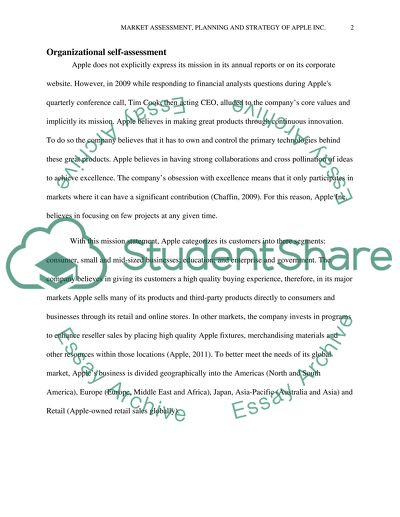Cite this document
(“Market assessment, planning and strategy of Apple Inc Essay”, n.d.)
Retrieved from https://studentshare.org/marketing/1396022-market-assessment-planning-and-strategy-of-apple-inc
Retrieved from https://studentshare.org/marketing/1396022-market-assessment-planning-and-strategy-of-apple-inc
(Market Assessment, Planning and Strategy of Apple Inc Essay)
https://studentshare.org/marketing/1396022-market-assessment-planning-and-strategy-of-apple-inc.
https://studentshare.org/marketing/1396022-market-assessment-planning-and-strategy-of-apple-inc.
“Market Assessment, Planning and Strategy of Apple Inc Essay”, n.d. https://studentshare.org/marketing/1396022-market-assessment-planning-and-strategy-of-apple-inc.


